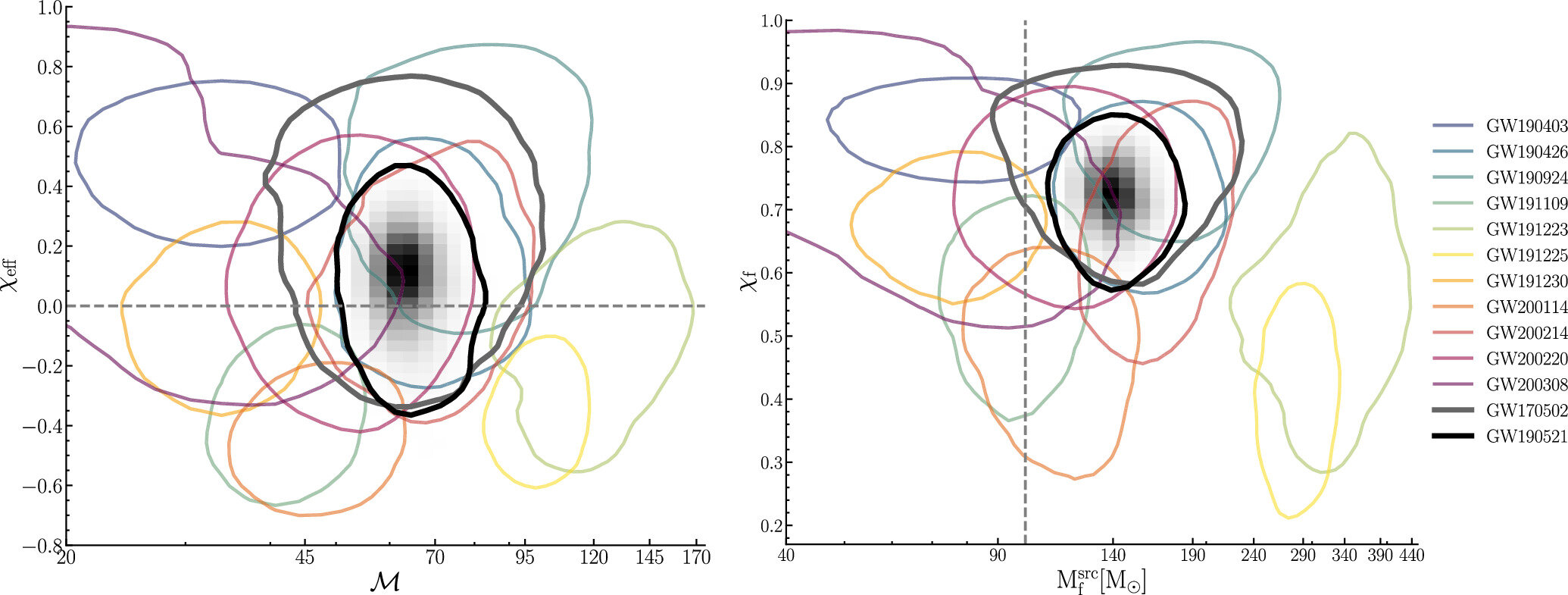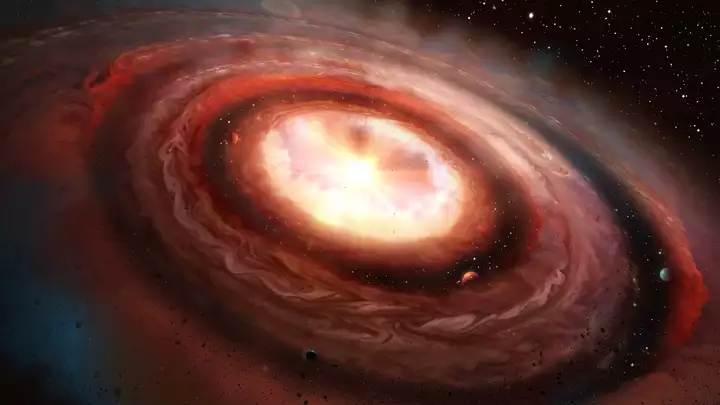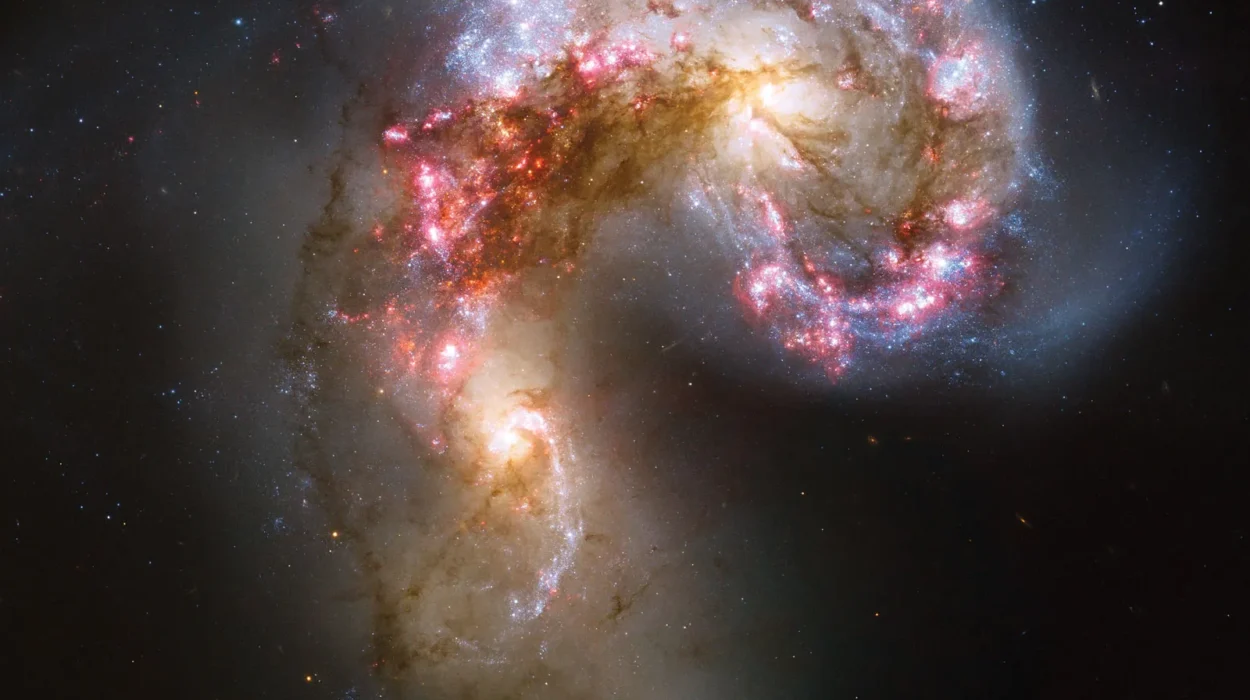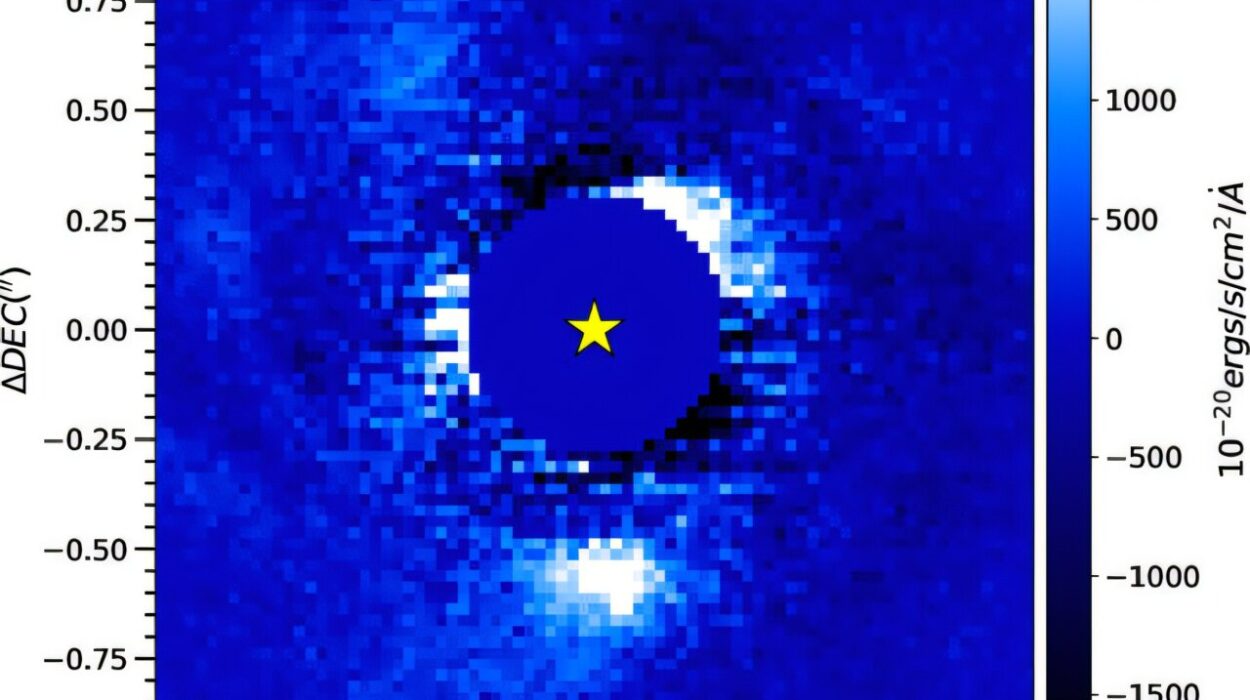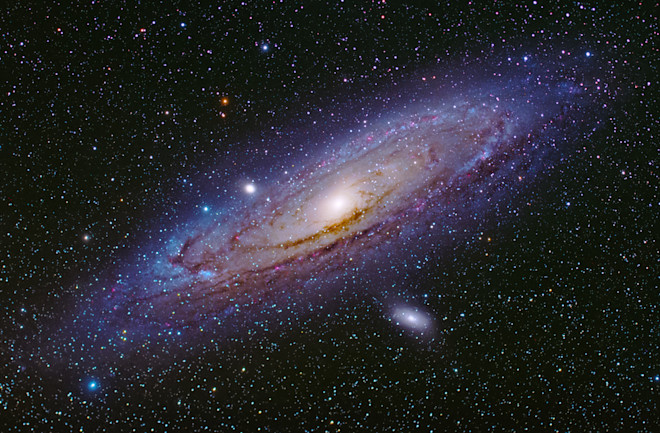In the vast, enigmatic theater of the universe, black holes perform as both destroyers and storytellers. These celestial enigmas—points in space where gravity is so intense that not even light can escape—are the final acts of massive stars or the hidden engines of galaxies. For decades, astronomers have confidently cataloged two primary kinds: stellar-mass black holes, which form when stars collapse under their own gravity, and supermassive black holes, titanic monsters lurking in galactic centers, weighing millions to billions of times more than our sun.
But what about the mysterious “middle children” of this cosmic family?
Enter the elusive intermediate-mass black holes—cosmic beasts believed to weigh between 100 and 300 solar masses. Theorized for decades, they’ve stubbornly evaded the spotlight. Scientists refer to them as “missing links”, potential bridges between the small and the supermassive. Their existence could unravel how galaxies evolve, how the first stars died, and how black holes grow from seed to giant. Yet, until recently, they remained more legend than reality.
Now, thanks to a suite of groundbreaking studies, the shadows have started to lift.
A Data Reawakening in the Lab of Light and Silence
The epicenter of this scientific stir is the Lunar Labs Initiative at Vanderbilt University, led by Assistant Professor Karan Jani. With a mind trained in both the cosmic and the computational, Jani and his team have peeled back layers of noise and uncertainty to reveal compelling evidence of these mid-sized monsters. At the heart of their findings is a bold reanalysis of data from some of humanity’s most sensitive instruments: the LIGO and Virgo gravitational-wave observatories.
Gravitational waves, predicted by Einstein over a century ago, are faint ripples in spacetime produced by massive cosmic collisions. Like the soft toll of a bell in deep space, these waves are exquisitely subtle. Detecting them is an engineering marvel. Imagine catching the tremor of a butterfly’s wings from a thousand miles away—while the wind howls and the earth shakes beneath your feet.
And yet, in the briefest whispers of spacetime, the team detected something extraordinary: mergers of black holes between 100 and 300 solar masses. According to Jani, these are the heaviest gravitational-wave events ever recorded, and they strongly suggest the presence of intermediate-mass black holes.
“These black holes are the ultimate cosmic fossils,” Jani said. “They carry the signatures of the universe’s earliest chapters—the kind of clues we’ve been hoping to find for decades.”
A Celestial Archaeology Project
The implications of these findings ripple far beyond the technical details. If these intermediate-mass black holes are real—and all signs now point to yes—then they likely formed from the collapse of the universe’s first-generation stars, known as Population III stars. These ancient giants, born in a hydrogen-rich cosmos, would have burned hot and fast, potentially ending their brief lives as heavy black holes. But because they lived in the early, distant universe, we can’t observe them directly.
These “lite” intermediate-mass black holes may be the relics left behind, offering direct evidence of cosmic events that shaped the architecture of everything we know.
But spotting them is only half the challenge. Understanding where they came from—and why they exist in such a narrow mass range—is the deeper puzzle.
Listening from Earth, But Thinking Beyond It
Part of the problem lies in what our instruments can and can’t do. Earth-based detectors like LIGO and Virgo only capture the final moments—the death spiral—of black hole mergers. These are milliseconds of data from events that took millions or billions of years to unfold. It’s like seeing the crash of two cars and trying to figure out their entire life story from a single frame of wreckage.
To overcome this cosmic limitation, Jani’s team looked to the future—and to space.
They turned their eyes to the Laser Interferometer Space Antenna (LISA), a joint mission by the European Space Agency and NASA, set to launch in the late 2030s. LISA will consist of three spacecraft flying millions of kilometers apart in a triangular formation, using laser beams to detect gravitational waves from space—untouched by Earth’s noise.
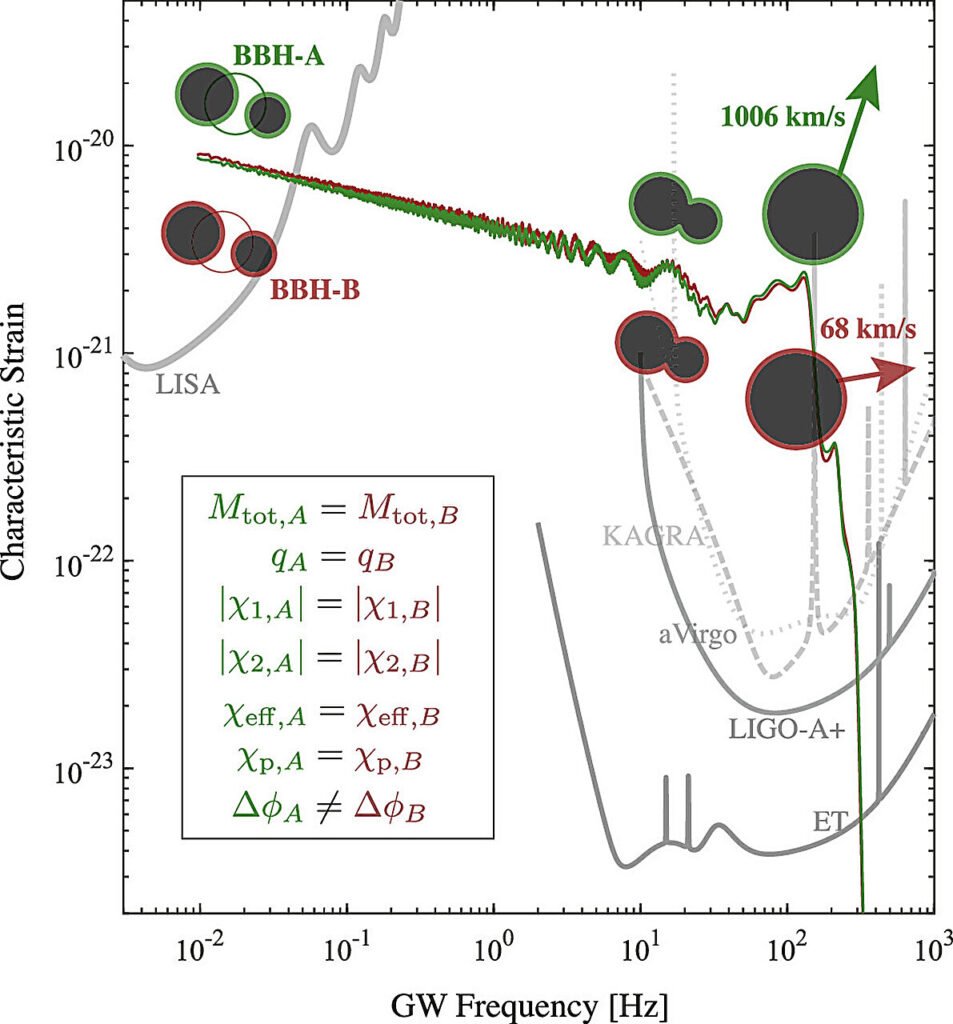
In two additional studies published in The Astrophysical Journal, the team explored how LISA could revolutionize our understanding of intermediate-mass black holes. Astrophysics Ph.D. candidate Krystal Ruiz-Rocha and former summer intern Shobhit Ranjan led the efforts. Their research showed that LISA can track black holes long before they merge—even years in advance. This opens a completely new window into how these black holes form, migrate, and collide.
“We’re moving from listening to the final chords of a song to hearing the entire symphony,” Ruiz-Rocha said. “It’s a chance to witness the dance of black holes from beginning to end.”
Fighting the Noise with Intelligence
But even in space, challenges remain. Gravitational-wave signals are fragile, like ghostly fingerprints smudged across spacetime. Earthly detectors must filter out everything from traffic vibrations to lightning strikes. That’s where artificial intelligence enters the story.
In a fourth study also published in The Astrophysical Journal, postdoctoral researcher Chayan Chatterjee unveiled advanced AI models designed to clean and clarify gravitational-wave data. These systems can distinguish between real cosmic signals and “glitches” caused by environmental interference or machine noise.
The project, part of Jani’s AI for New Messengers Program, represents a merging of astrophysics and machine learning that could redefine how we study the universe.
“It’s like enhancing your vision to see constellations through a storm,” Chatterjee explained. “The AI doesn’t just clean the data—it helps us trust what we see.”
The Moon: The Next Great Observatory?
As if Earth and space weren’t enough, the team’s ambitions now stretch toward a new frontier—the Moon.
Postdoctoral fellow Anjali Yelikar, who co-led the primary study, is part of a visionary push to build gravitational-wave detectors on the lunar surface. Unlike Earth, the Moon is seismically quiet and free from atmospheric interference. This makes it a near-perfect platform for catching low-frequency gravitational waves that Earth-based detectors can’t even hear.
“Imagine identifying where these black holes live,” Yelikar said. “A lunar observatory could tell us not just that they exist, but whether they form in star clusters, galaxies, or even the wreckage of ancient stars.”
To help guide the future of such exploration, Jani has joined a NASA-sponsored study through the National Academies of Sciences, Engineering, and Medicine, focusing on identifying high-value lunar destinations for science. He will contribute to a special panel dedicated to heliophysics, astronomy, and fundamental physics—a committee that could help determine where humanity plants its next scientific flag.
The Cosmic Generation Rising
As black holes are unearthed from the shadows, a new kind of scientist is emerging alongside them. Jani’s lab is nurturing a generation of physicists who speak multiple languages—astrophysics, data science, artificial intelligence, and planetary science. This isn’t just about studying the universe from afar. It’s about building instruments on the Moon, decoding signals with algorithms, and turning the universe into a living, breathing laboratory.
“This is a thrilling moment,” Jani said. “Not just because of what we’re learning about black holes, but because of how we’re learning it. We’re combining frontiers of space exploration, machine learning, and cosmic history into a single tapestry of discovery.”
For young scientists joining the field today, the message is clear: You will not just study the universe—you will help shape how humanity reaches for it.
What Lies Ahead
With every new gravitational wave detected, a door opens into a part of the universe we’ve never seen. Intermediate-mass black holes are no longer myths scribbled on theoretical charts. They are emerging as keys to cosmic evolution, storytellers of how stars died, how galaxies formed, and how gravity sculpts the cosmos itself.
As detectors improve, as AI sharpens our gaze, and as humanity prepares to leap to the Moon and beyond, one thing is certain: the shadows are lifting. The universe is beginning to whisper its secrets—and we are finally learning to listen.
References: Krystal Ruiz-Rocha et al, Properties of “Lite” Intermediate-mass Black Hole Candidates in LIGO-Virgo’s Third Observing Run, The Astrophysical Journal Letters (2025). DOI: 10.3847/2041-8213/adc5f8
Krystal Ruiz-Rocha et al, A Sea of Black Holes: Characterizing the LISA Signature for Stellar-origin Black Hole Binaries, The Astrophysical Journal (2025). DOI: 10.3847/1538-4357/adad6b
Shobhit Ranjan et al, A Tale of Two Black Holes: Multiband Gravitational-wave Measurement of Recoil Kicks, The Astrophysical Journal (2025). DOI: 10.3847/1538-4357/adba4e
Chayan Chatterjee et al, No Glitch in the Matrix: Robust Reconstruction of Gravitational Wave Signals under Noise Artifacts, The Astrophysical Journal (2025). DOI: 10.3847/1538-4357/adbb66
